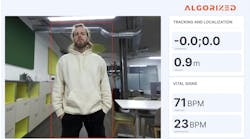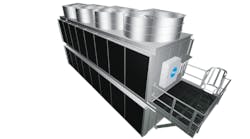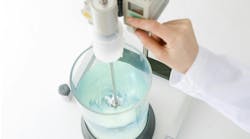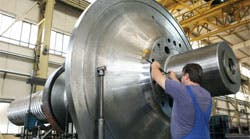Measuring a dowel hole of the spindle during rebuilding of Bifrangi U.K.’s 900-mt screw press. A replacement spindle was reconditioned in Germany by Mller Weingarten, and then returned to the plant in England for reassembly.
Interrupting production to set-up machines or change dies is frustrating to forgers, but repair programs that stretch for months are a serious problem for manufacturers that aim for global performance standards. Bifrangi S.p.A. is an Italian forger of heavy-duty truck components — and a recent screw-press rebuild demonstrated how effective design and engineering can support a global production strategy.
At a plant in Lincoln, England, Bifrangi forges crankshafts and front-axle beams on a Mller Weingarten PZS 900 direct-drive screw press, delivered in 1981. It weighs 900 metric tons and develops a maximum press force of 16,000 metric tons. Some of its component parts weigh up to 180 metric tons.
Any service on such a machine is complex, but replacing the complete drive system threatened to shut down the operation at least 10 weeks. “The machine’s hub and screw nut had reached the end of their service life and were worn out,” explained Mller Weingarten Service division manager Thomas Huber. Mller Weingarten is a subsidiary of the Schuler Group.
“With such machines, however, it’s not possible to simply produce a new hub or screw nut and then install it on site. The drive train’s individual components have to precisely fit to each other. As a consequence, the hub and screw nut have to be fit to the screw,” according to Huber. That might have required engineers to dismantle the complete drive train of the screw press (including the still-intact screw), transport it to Mller Weingarten workshops in Germany, and then return it to the site and re-assembling it again.
Thanks to cooperation by Bifrangi and Mller Weingarten’s service team, the project was completed in just three weeks. “Bifrangi had an old screw at the facility,” Huber detailed. “We reconditioned that component at Mller Weingarten and fit it to the new hub and spindle nut.”
Meanwhile, in England the press continued to operate. Last September the reconditioned components were installed, and soon the screw press was able to reach full operating capacity again under maximum load.
“We are currently thinking about also reconditioning the components that were removed,” according to Huber. “They can then be stored as spare parts and will help speed up maintenance work at some later date.”










